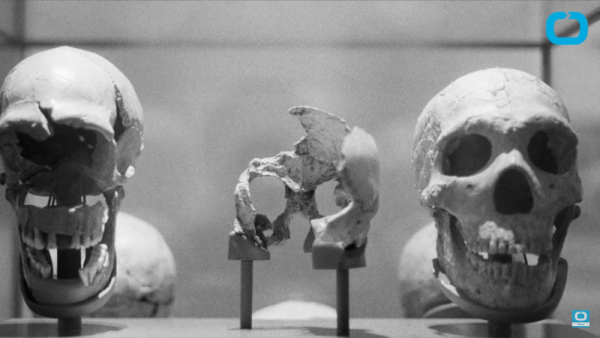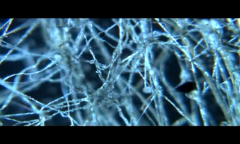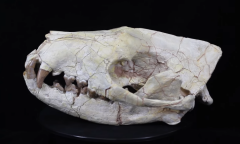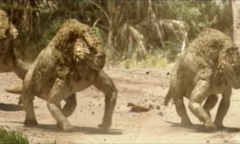By KM Diaz, | May 02, 2017

Neanderthals and Denisovans occupied the Denisova Cave from different time period based on the layers of the soil where their DNA samples were found. (YouTube)
Researchers were able to extract the DNA of Neanderthal and Denisovan without the need of fossils.
The study led by Viviane Slon, a geneticist, and Matthias Meyer, a molecular biologist both from Germany's Max Planck Institute for Evolutionary Anthropology, were first to identify the DNA of Neanderthal and Denisovan from dirt. The samples were obtained in archaeological caves in Europe where their existence has been documented.
Like Us on Facebook
The researchers use the "eDNA" technique that only requires soil or water sample. Some scientists have used this method to other prehistoric animals like the evolutionary geneticist, Eske Willersev - the first scientist to sequence the DNA of woolly mammoths in Serbian permafrost.
However, the challenge in the new study is the isolation of the ancient human DNA. First, the decayed body, blood, feces, and other biological material often lost in the soil. Second, the samples are hard to distinguish from modern human DNA and may lead to sample contamination while handling them. Identifying DNA samples of human also needs precision.
In the preliminary results, the researchers suspected the samples belong to other mammals because of their abundance compared to human DNA. But then, they changed strategies and target only the specific DNA fragments of human origin.
The researchers developed a molecular probe - mitochondrial DNA of human - to extract similar sequences. After that, they linked the samples of what they assumed to be Neanderthals or Denisovans DNA and looked for chemical damage compatible with ancient DNA to confirm that they were searching for right genetic materials. They were able to able to get both mitochondrial DNA and nuclear from skeletal and teeth remains for identification purposes and implemented "clean excavation" protocol to avoid the samples to be contaminated.
In their findings, the researchers detected the ancient hominin DNA from sediment samples in four caves and differentiate the group of species that might have been occupied a cave.
Antonio Rosas, a paleontologist at the Natural Science Museum in Madrid and also part of the research, says that Neanderthals and Denisovans occupied the Denisova Cave from different time period based on the layers of the soil where their DNA samples were found. The Denisovans appear in the bottommost stratum which is in the oldest of the deposits.
Rosas also believes that their work represents a scientific breakthrough because they can now distinguish which species of hominid lived even if there's no bone or skeletal remains. The study was published in journal Science.
-
Use of Coronavirus Pandemic Drones Raises Privacy Concerns: Drones Spread Fear, Local Officials Say

-
Coronavirus Hampers The Delivery Of Lockheed Martin F-35 Stealth Fighters For 2020

-
Instagram Speeds Up Plans to Add Account Memorialization Feature Due to COVID-19 Deaths

-
NASA: Perseverance Plans to Bring 'Mars Rock' to Earth in 2031

-
600 Dead And 3,000 In The Hospital as Iranians Believed Drinking High-Concentrations of Alcohol Can Cure The Coronavirus

-
600 Dead And 3,000 In The Hospital as Iranians Believed Drinking High-Concentrations of Alcohol Can Cure The Coronavirus

-
COVID-19: Doctors, Nurses Use Virtual Reality to Learn New Skills in Treating Coronavirus Patients












